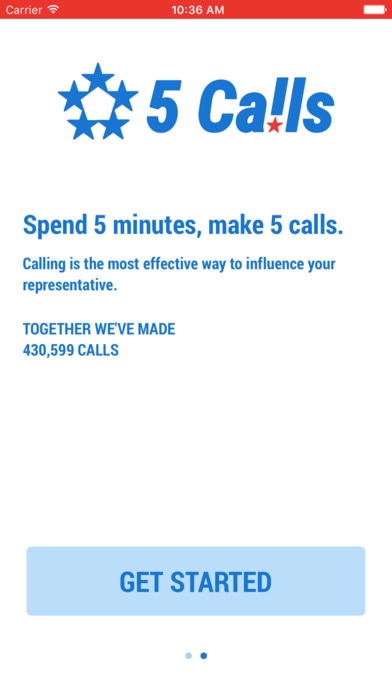

Unlike with a local phone number, a VoIP provider charges per-minute (metered) fees for inbound calls to a toll-free number. However, international callers may pay more to call an 800 number than other types.Īlthough a toll-free number is most commonly understood to be an 800 number, it also includes other prefixes, such as:Ĭurrently, the North American Numbering Plan (NANP) has other toll-free phone number prefixes reserved but not open for use yet. Customers within the United States can call an 800 number for free. You can make phone calls using your toll-free business phone number and receive calls on your business phone, personal cell phone, web-based interface, or another device. They also work well for companies with a customer service center and those wanting to offer a toll-free hotline for sales or support. Toll-free numbers, also commonly called 800 numbers, work well for small businesses that want to foster a national brand presence. Local customers will recognize the area code and believe you’re calling from a location near them. For instance, businesses in small or rural areas may prefer an area code used in a nearby larger city. When purchasing phone service, the vendor may offer a selection of phone numbers based on the business’ address, but you can also request a different area code.

Companies can get a local business phone number from the local phone company or through a VoIP or virtual number provider. Local NumbersĪ local business phone number includes an area code, telephone prefix, and a line number. The cost per number may decrease when purchasing more than one number at once and providers may charge activation fees for additional numbers.


 0 kommentar(er)
0 kommentar(er)
